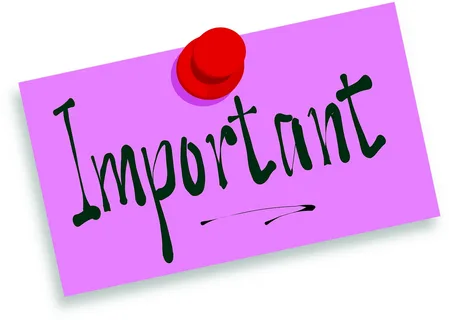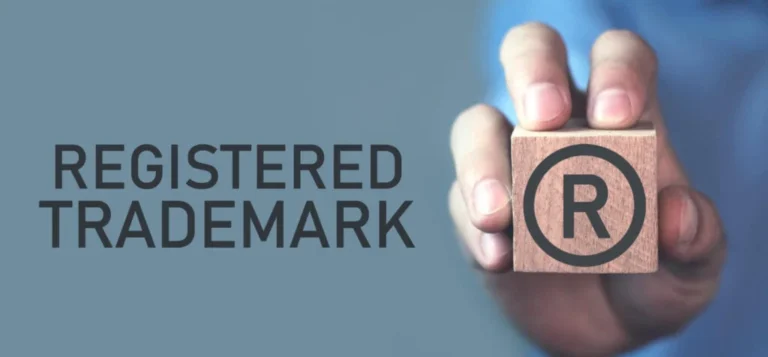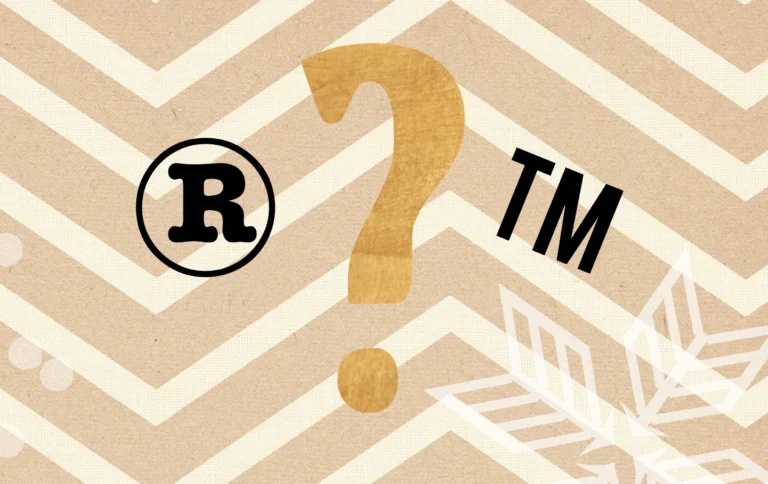Introduction
Thinking about launching a new brand, product, or business? Before you invest time and money into logos, packaging, and marketing, there’s one critical step you can’t skip in 2025: trademark clearance.
Performing a trademark clearance search helps you avoid legal trouble and ensures that your brand name, slogan, or logo doesn’t conflict with existing trademarks in the United States. In this guide, we’ll break down what trademark clearance is, why it matters now more than ever, and how to do it right.
What is Trademark Clearance?
Trademark clearance is the process of searching the USPTO database and other relevant sources to ensure that your desired name or logo isn’t already in use or too similar to another registered trademark.
Clearing your trademark before applying:
- Reduces the risk of USPTO rejection
- Helps you avoid costly lawsuits
- Protects your investment in branding and marketing
- Ensures exclusive rights to your name
Why Trademark Clearance is More Important Than Ever in 2025
1. Increased Trademark Filings
With the rise of online businesses and eCommerce platforms like Amazon, Shopify, and Etsy, there has been a massive increase in trademark applications. That means your chances of picking a name that conflicts with an existing trademark are higher than ever.
2. USPTO Rejections are Costly
If your trademark application is rejected due to a conflict, you may:
- Lose your application fee
- Delay your business launch
- Be forced to rebrand completely
A simple clearance search can save you from these setbacks.
3. Brand Enforcement is Getting Stricter
Trademark owners are now more vigilant than ever. Even if your brand is slightly similar to a registered trademark, you could face:
- Cease and desist letters
- Litigation threats
- Removal from platforms like Amazon or social media
How to Perform a Trademark Clearance Search
Step 1: Use the USPTO TESS Database
Start with the Trademark Electronic Search System (TESS) at USPTO.gov. Search for similar names, spellings, logos, and goods/services in your category.
Step 2: Check Common Law Usage
Not all trademarks are registered. Some brands gain rights through actual use in commerce. Search:
- Social media platforms
- Business directories
- Domain name registries
Step 3: Review Similar Spellings and Sounds
Even if your brand is spelled differently, if it sounds similar to another mark or looks visually close, it may still be considered confusingly similar by the USPTO.
Step 4: Hire a Trademark Attorney
A trademark lawyer can perform a comprehensive search using professional tools that go beyond the USPTO and help you assess your risk level.
Common Mistakes to Avoid in Trademark Clearance
- Only checking domain name availability
Just because the domain is available doesn’t mean the trademark is. - Searching for exact matches only
The USPTO checks for confusingly similar names, not just exact matches. - Skipping international checks
If you plan to scale globally, ensure your brand doesn’t conflict in major markets. - Ignoring your product or service class
Trademarks are classified. Your brand must be clear in your specific international class.
Final Thoughts
Trademark clearance isn’t just a formality—it’s a critical layer of brand protection in today’s competitive market. With more businesses registering trademarks than ever, skipping this step can cost you your brand, your budget, and your business.
At IP Bureau, we specialize in comprehensive trademark searches and clearance reviews for startups, eCommerce brands, and professionals across the USA. We help ensure that your brand name is clear, strong, and legally protected—before you commit.




